Ever wondered why your usually lovable kitty turns into a nipping ninja right in the middle of a fun play session? If you've asked yourself, “ How do I stop my cat from biting during play? ” you’re not alone. Many cat parents struggle with playful biting, but turning pounce time from stressful to serene is possible. Explore expert tips, real-life success stories, and actionable strategies to help your feline friend play nicely—no more chewed fingers or surprise nips!
Are You Tired of Wondering: How Do I Stop My Cat From Biting During Play?
If you’re frustrated by your cat’s biting during play, rest assured, there are safe, loving solutions that work. Many cats bite—not out of meanness, but because playtime can trigger natural hunting instincts. Mothers teach their young cat proper boundaries, but inside our homes, we sometimes miss those cues as pet parents. Knowing how to stop your cat from biting during play starts by understanding why cats bite, and then using that knowledge to shape better behavior. This guide is here to empower you with gentle, evidence-based techniques so you can enjoy bite-free fun with your feline friend.
By changing the way you recognize your cat’s body language and providing alternatives to biting, you build not just a safer playtime routine, but a more trusting relationship. Every cat parent wants a happy, well-adjusted pet—and with the right tools, you’ll see fewer cat bites and more purring cuddle sessions in no time.
Do Cats Bite From Playfulness or Aggression? Uncover the Real Motives Behind Cat Biting
Cats bite during play for many reasons, but not all biting is the same. Sometimes it’s a playful gesture, rooted in a young cat’s natural desire to stalk and pounce. Other times, biting may signal overstimulation, stress, or even an aggressive cat looking for boundaries. Understanding the difference between playful biting and aggression helps you respond appropriately. A cat bite during play usually doesn’t break the skin, while aggressive biting is more forceful and may come with hissing or other defensive signals.
A love bite is another type of nibble that confuses many cat parents. Unlike a true cat bite, love bites are gentle and a sign of affection—but even these can become painful or disruptive if not addressed early, especially with kittens or adult cats prone to biting. When you spot the difference, you’ll handle each behavior effectively and avoid misunderstandings between you and your furry friend.
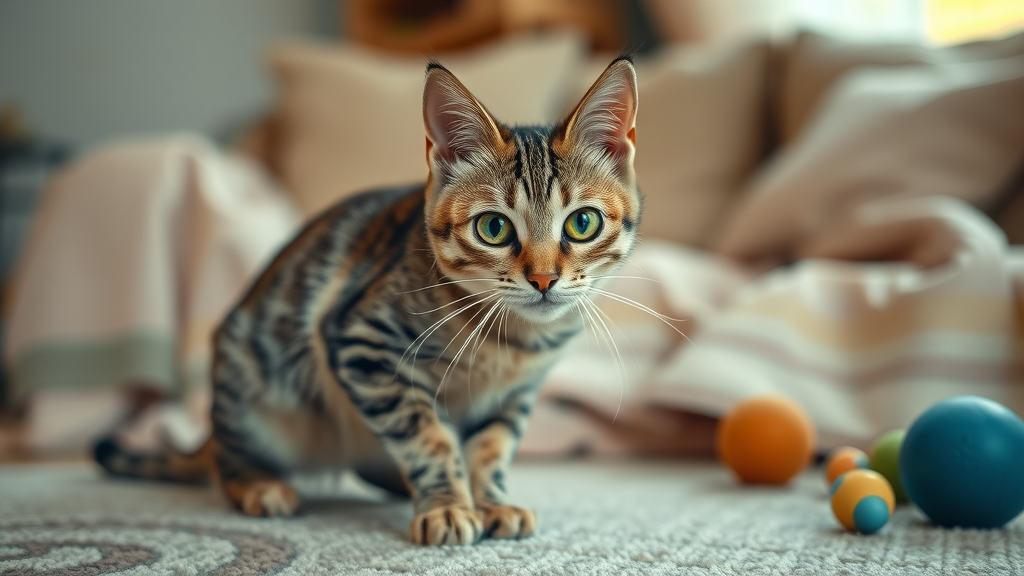
Why Understanding Cat Biting Behavior is Essential for Every Cat Owner
Why do cats bite during play? If you want a peaceful home and a content, well-socialized feline friend , knowing what motivates biting is crucial. Cats bite to communicate, set boundaries, or satisfy a strong hunting instinct—key aspects of healthy play behaviors. When a cat parent learns the signals, they can prevent bites before they escalate, reduce stress, and reward calm, good behavior. This creates harmony and helps redirect unwanted biting into positive interactions.
Discerning between a love bite , playful biting, and aggressive biting is also vital for your cat’s wellbeing. Cats look to their humans for social cues. If biting is handled roughly or misunderstood, your cat may hide, act out, or develop anxiety. By becoming fluent in your cat’s body language and play style, you nurture a secure bond that benefits both of you for years to come.
- Why cats bite during play — and how to interpret the signs
- The difference between play biting and love bites
- Effective steps to stop biting behavior and encourage good behavior
- Practical strategies for kittens versus adult cats
- How to create a cat-friendly, bite-free play environment
| Reason | Age Group | Cat Body Language | Solution |
|---|---|---|---|
| Overstimulation | All | Flattened ears, rapid tail flick | Pause play |
| Teething | Kittens | Chewing, nipping | Offer chews |
| Hunting Instinct | Adult cats | Stalking posture, pouncing | Interactive toys |
| Lack of Exercise | All | Restlessness, hyperactivity | Scheduled playtime |
How Do I Stop My Cat From Biting During Play? Top Safe & Effective Methods
If you are searching for actionable solutions to end playtime biting, look no further. The most effective way to stop your cat from biting during play is to combine patience, consistency, and cat-friendly tools. From recognizing warning signs before a cat bite happens, to redirecting energy with interactive toys and scratching posts, the process is both proactive and loving.
The root of the solution is understanding that cats bite as a form of communication. By acknowledging their signals, offering appropriate toys, and reinforcing good behavior with treats and praise, you’ll gently teach boundaries. Let’s explore these proven methods step-by-step so you and your furry friend can enjoy every play session without worry or wounds.
Recognize Cat Body Language to Prevent Cat Bites
Every cat parent should be fluent in basic cat body language . When your cat’s ears flatten, tail flicks rapidly, or their skin ripples, these are red flags that the play session is getting too intense. If ignored, these signs often lead to a sudden cat bite. Paying attention to your cat’s mood lets you pause play before things escalate, showing that you respect their boundaries. This builds trust and heads off unwanted bites.
Other cues like dilated pupils, low growling, or a sudden stop in motion can signal overstimulation or brewing aggression. By stopping play at the right moment, you teach your cat that rough play will not be tolerated and that gentle behavior earns more attention. Over time, this will reduce biting behavior and prevent your furry friend from turning playtime into a painful experience.
Young cats and kittens are especially prone to nipping when overexcited. If you see warning signs, calmly redirect your cat to a toy or scratching post rather than using your hands or feet. Early intervention is key to helping both kittens and adult cats learn better bite inhibition as they mature.
Redirecting Play Biting With the Right Toys and Scratching Posts
One of the best strategies to stop biting during play is to provide an assortment of cat-safe toys and a sturdy scratching post. When you notice your cat gearing up to nip or pounce on you, immediately redirect their attention to a wand toy, plush mouse, or interactive puzzle. These alternatives satisfy their hunting instincts without risking your fingers. Toys that mimic prey, like feather wands or toys on strings, are especially effective because they channel natural play behavior into a safe outlet.
Having plenty of scratching posts, tunnels, and climbing spaces nearby helps your cat burn off energy constructively. Regularly rotating toys and rewarding play with treats or gentle petting promotes good behavior. This not only curbs biting behavior in both kittens and adult cats, but also provides much-needed mental stimulation. If you catch your cat about to use your hands as toys, stop the activity and offer a toy instead—consistency is key to teaching boundaries and preventing a pattern of rough play.
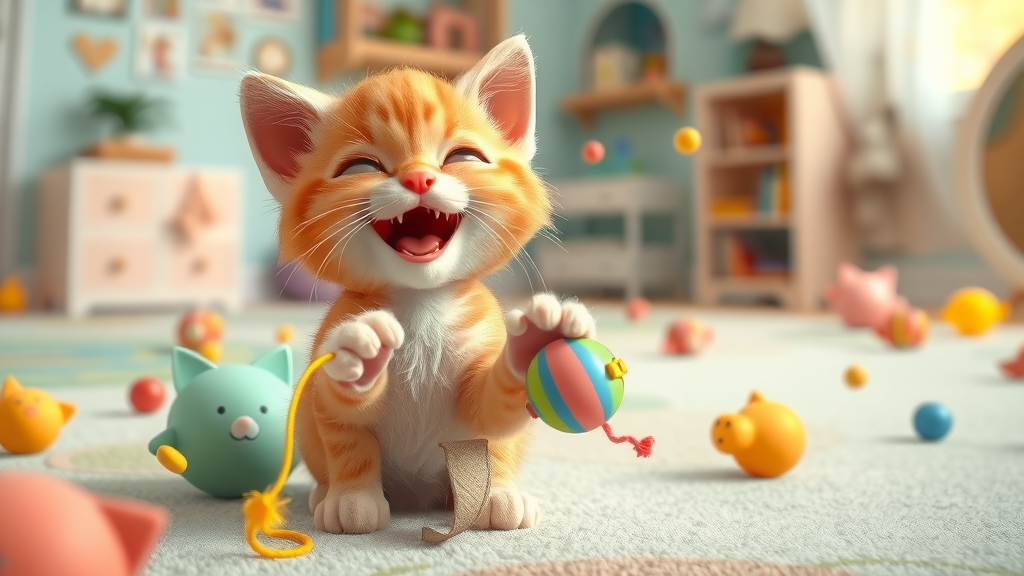
Positive Reinforcement: How to Reward Good Behavior and Stop Cat Biting
Positive reinforcement is a powerful tool for teaching your cat the difference between acceptable play and unwanted biting. Whenever your cat chooses a toy or plays gently without using their teeth, immediately reward this with a tasty treat, soothing words, or a chin scratch. This approach shows your cat that bite-free play leads to more fun and affection—a win-win for pet parents and feline friends alike.
Be sure to respond to gentle play every time with praise and to stop play or redirect when things get too rough. Avoid any form of punishment, such as yelling or tapping the nose, as this can damage your bond and even encourage aggressive cat behaviors. Instead, focus on what your cat is doing right. Over time, your cat will associate good behavior with positive outcomes, leading to fewer cat bites during play.
This method works for both kittens and adult cats and should be a part of every play session. It teaches your cat that human hands and feet are not prey and builds trust that will last a lifetime.
Why Do Cats Bite During Play? Cat Behavior Experts Explain
Understanding why cats bite during play is key to stopping this behavior before it becomes a problem. Play biting is a natural extension of their predatory instincts. In the wild, cats practice hunting skills through mock fights and playful biting. In your home, these behaviors continue with toys – and sometimes, unfortunately, with your hands and feet. Even a young cat learns important social skills through gentle mouthing during play with siblings and mother.
However, biting can also signal something more, such as overstimulation, lack of appropriate toys, or a need for more exercise. Failing to recognize the cause can lead to bigger issues, including aggressive biting or mistrust. By listening to what animal behavior experts have found, you’ll be able to address your cat's needs in a way that fosters trust and reduces negative behaviors.
"Cats bite during play to simulate hunting instincts, but it’s up to us to teach them boundaries." — Feline Behaviorist Amanda Stewart
Distinguishing Play Biting, Love Bites, and Aggressive Cat Biting
Not all cat bites are created equal. Play biting is usually controlled and doesn’t break the skin. It’s a cue that your cat is engaged, but possibly getting overstimulated. Love bites are softer nips that cats may give during petting, sometimes signaling affection or a warning to “stop petting.” These don’t indicate malice; it’s how your feline friend says, “That’s enough.”
Aggressive cat biting , on the other hand, is more intense. It usually follows hissing, growling, or other warning signs and is often a reaction to fear or pain. Recognizing the subtle differences among these biting behaviors enables you to respond appropriately, ensuring you nurture your cat’s social development rather than inadvertently reinforcing unwanted habits.
If you are unsure whether your cat’s nipping is playful or something more serious, consider the context, body language, and whether bites are escalating or breaking the skin.
Is It Normal That Adult Cats Bite During Play?
It is quite common for adult cats to bite during play, especially if these behaviors were not redirected as kittens. However, persistent biting, especially if it breaks the skin or accompanies aggressive behavior, should not be ignored. Even well-socialized cats may revert to kitten-like play biting when under-stimulated or anxious.
As cats mature, their play biting usually declines, but some adult cats retain this instinct without proper outlets. That’s why providing mental stimulation, interactive toys, and regular exercise is essential—these not only address playfulness but also help cats who resort to biting because of boredom or stress. Use the methods detailed above to help your furry companion express healthy play and retire biting behaviors from their adult cat routine.
Remember, while some biting is typical play behavior, it’s up to cat parents to teach boundaries early and provide plenty of opportunities for constructive play.
The Relationship Between Cat Nips, Love Bites, and Biting Behavior
Gentle cat nips and love bites often occur during bonding moments—like when you’re brushing or petting your feline friend. These are generally harmless, but if not redirected, love bites can become more forceful, turning into unwanted biting behavior during play. Understanding your pet’s signals and stopping interaction at the first sign of irritation prevents escalation and confusion.
If a love bite occurs, gently remove your hand and offer a toy instead. Over time, your cat will understand hands are for affection, not play, leading to less confusion and a safer bond. Consistent redirection and reward for soft play are keys to transforming these small nips into lasting good behavior.
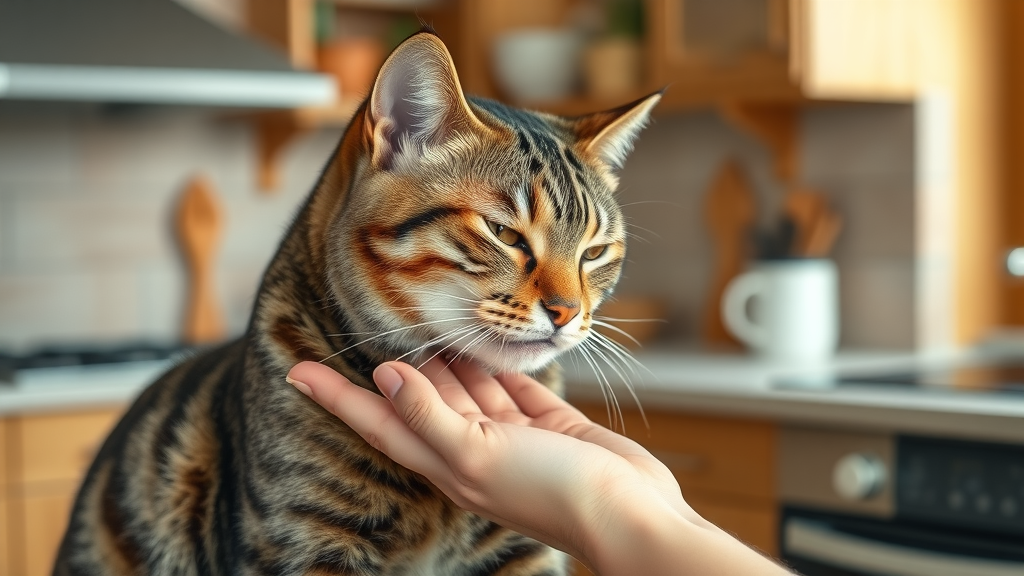
Teaching Your Cat Not to Bite: Effective Step-by-Step Guide
- Pause interaction at first sign of rough play
- Redirect to appropriate toys or scratching post
- Use consistent cues and rewards for good behavior
- Avoid using hands or feet as playthings
- Never use punishment—focus on positive reinforcement
- Provide adequate exercise to reduce excess energy
Implementing these steps consistently will help any cat parent replace biting with bite-free play. Interactive sessions that use toys, immediate redirection at the first sign of a nip, and a routine that offers outlets for natural play behaviors set your cat up for success. If your cat does bite, stop interaction immediately and resume only when calm behavior returns. Over time, these habits will become second nature, leading to safer, happier play for both you and your furry companion.
Frequently Overlooked Triggers That Make Cats Bite During Play
Cats are highly sensitive creatures, and a variety of environmental triggers can spark sudden cat bites during play. Sudden noises like a door slamming, overhandling when your cat is already excited, or too much petting at once can all push your cat over the edge. Other triggers include lack of mental stimulation, crowded spaces, or competing for resources like food and toys with other pets.
Being mindful of these triggers and making environmental adjustments can dramatically reduce biting behavior. Provide ample play outlets, safe spaces, and respect for your cat’s signals. This ensures your furry friend associates playtime with safety, not stress, making good behavior the norm rather than the exception.
- Sudden noises or disruptions
- Overhandling or petting for too long
- Lack of mental stimulation
- Competing for space or resources
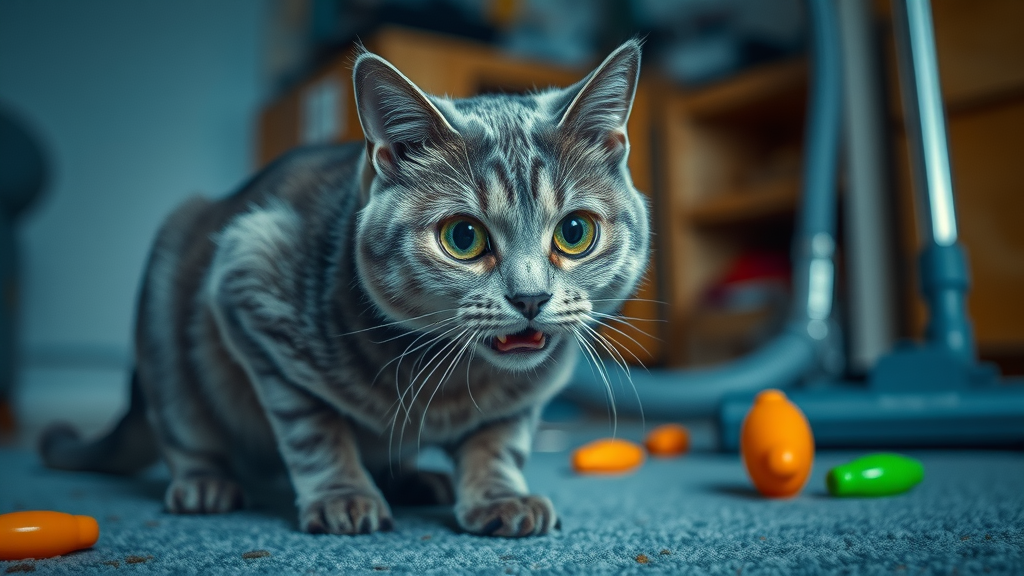
When Play Biting Turns to Aggressiveness: Warning Signs of an Aggressive Cat
Playful biting should never escalate into aggression that causes injury or fear. Pay close attention to signs of an aggressive cat , such as hissing, growling, arched back, or biting that breaks the skin. If your cat’s play bites become unpredictable or are accompanied by aggressive body language, immediate intervention is needed. Providing outlets for pent-up energy, respecting boundaries, and consulting a professional if things don’t improve are all critical when biting shifts from playful to dangerous.
Biting that draws blood or is accompanied by intense hostility could indicate a medical issue or a serious behavioral problem. Chronic stress, fear, or pain can all transform play into aggression, making it vital for pet parents to stay alert and address changes in their cat’s demeanor right away.
Identifying the Difference Between Playful Cat Bites and Dangerous Biting Behavior
Spotting the difference between play and aggression is essential for a safe home. Playful bites are gentle, quick, and paired with relaxed body posture, while dangerous biting is deliberate, harder, and often paired with warning signs like a tucked tail, flattened ears, or defensive growling. If a cat bite ever breaks the skin or is paired with these signals, stop all interaction and evaluate the cause.
Good observation, positive reinforcement, and erring on the side of caution will help you manage and prevent more severe biting incidents before they escalate into a pattern of aggressive cat behavior.
Health Conditions and Environmental Stressors Influencing Cat Biting
Cats are experts at hiding pain, and sometimes a sudden biting episode is their way of alerting you to discomfort, illness, or injury. Medical causes, such as dental disease, arthritis, or skin conditions, can make your cat irritable or defensive—leading to unexpected biting behavior. Environmental stressors, like new pets, changes in the household, or noisy disruptions, can also increase aggression in otherwise gentle cats.
If biting behavior is new, escalating, or out of character for your cat, consult your veterinarian to rule out underlying health issues. Helping your cat feel secure and addressing pain or anxiety is just as important as providing toys and positive reinforcement for long-term behavioral change.
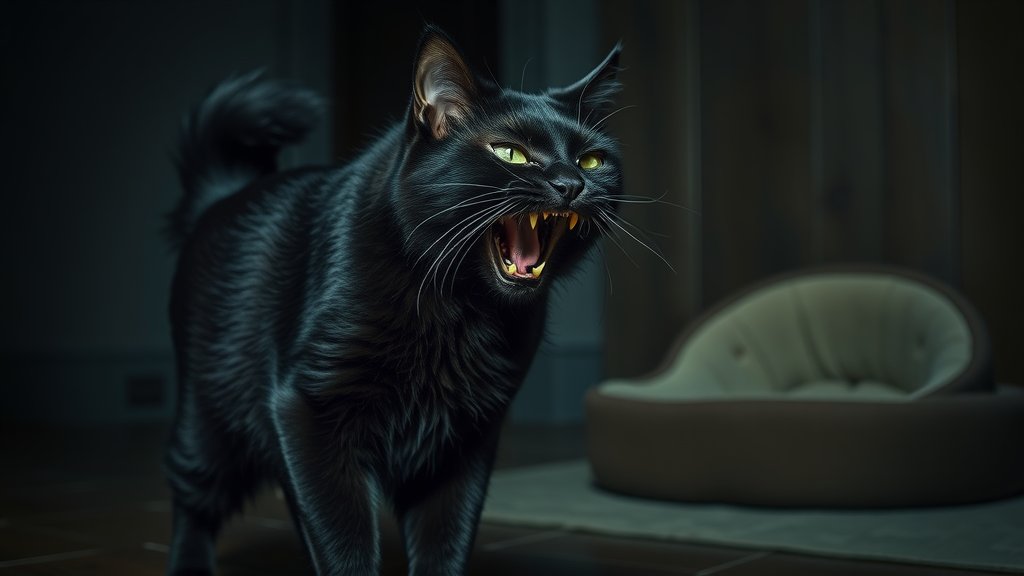
How to Set Up the Perfect Bite-Free Play Routine for Your Cat
Creating a consistent, engaging play routine is your best defense against biting. Structured playtime with interactive toys and plenty of opportunities for exercise lets your cat fulfill their instinct to hunt without making your hands or feet the target. Schedule multiple brief play sessions throughout the day, using toys that simulate prey and encourage natural play behaviors.
Pair playtime with positive reinforcement and a winding-down period to help your cat transition from high-energy activities to relaxation. This not only burns off excess energy but also trains your furry friend to look forward to play as a fun, bite-free experience. A good play routine is just as important as a healthy diet or regular veterinary visits in maintaining your cat’s overall well-being and stopping unwanted biting behaviors for good.
Choosing Safe Toys for Cats Who Love to Bite
The right toys can make all the difference for cats who are prone to biting. Choose well-made, interactive toys that keep your cat’s teeth and claws occupied, like wand toys, puzzle feeders, and plush mice. Avoid toys that encourage biting human hands and feet, as this confuses boundaries. Scratching posts, tunnels, and climbing trees also provide outlets for excess energy and satisfy your cat’s need to bite, scratch, and pounce safely.
Rotate your cat’s toy selection regularly to keep them interested and provide varying textures and challenges. Cat-safe chews offer relief for teething kittens and stimulate older cats. If you spot your cat biting a toy rather than your hand, praise the behavior—positive attention and consistency will make it a habit.
The Role of Routine in Stopping Cats From Biting During Play
Routines are comforting for cats, and a regular play schedule offers physical and mental stimulation that prevents boredom and biting. Set aside specific times each day for play, and stick to it as much as possible. This predictability helps regulate your cat’s energy and gives them structured outlets for their natural behaviors, decreasing the likelihood of aggressive or play biting.
Always end playtime before overstimulation leads to nipping, and avoid using your hands or feet to roughhouse—even if it seems cute when they’re small. As you reinforce a bite-free routine with rewards, your cat will naturally adjust, leading to calmer, happier play sessions every day.
"Redirect your cat’s energy into constructive play sessions, and you’ll see fewer unwanted cat bites." — Dr. Reena Patel, DVM
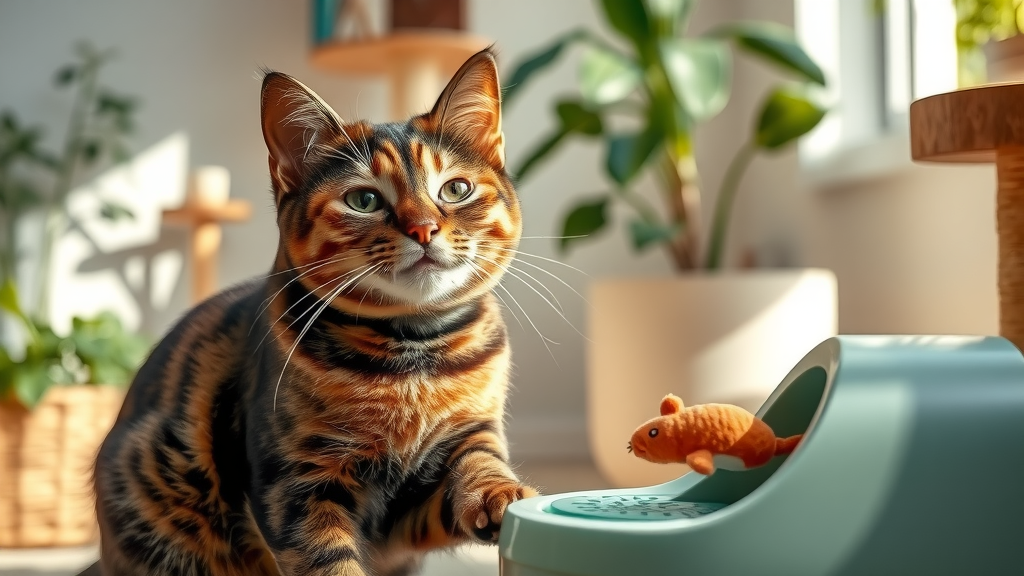
People Also Ask: Answers to Your Most Searched Cat Biting Questions
How to stop a cat from biting while playing?
To stop a cat from biting while playing, avoid using your hands as toys, provide interactive cat toys and scratching posts, pause play if biting starts, and use positive reinforcement to reward gentle behavior.
Why does my cat bite me a lot while playing?
Cats may bite excessively during play due to overstimulation, high energy, lack of training, or misunderstanding play boundaries. Observing cat body language and redirecting energy can minimize bites.
How do you discipline a cat for biting?
The best way to discipline a cat for biting is to stop play immediately, avoid using physical punishment, and consistently redirect biting behavior with toys and positive reinforcement.
At what age do cats stop play biting?
Most kittens reduce play biting as they mature, usually between 9-12 months, especially if they receive gentle training and consistent redirection during play.
Frequently Asked Questions About Cats Biting During Play
- Can play biting turn into aggression?
- What are love bites, and are they safe?
- Is my cat biting me because it’s bored or sick?
- Do certain breeds bite more than others?
- When should I seek veterinary advice for cat biting?
Best Tips to Encourage Good Behavior and Stop Biting for Good
- Keep play sessions short and frequent
- Observe your cat biting cues closely
- Utilize a variety of interactive play toys
- Reward calm, gentle play
- Socialize kittens early with proper play methods
Real-Life Success Stories: Cat Biting Transformed Into Healthy Play
"After weeks of redirection and using a scratching post, our cat no longer bites during play and has become the family’s favorite playmate." – Happy Cat Owner
Many cat parents have seen remarkable improvements simply by making play safer and more structured. With patience, positive reinforcement, and the right tools, cats who once nipped and pounced on hands have become the stars of the household. You can achieve the same transformation with your furry friend by sticking to the steps outlined here and always reinforcing good behavior at every turn.
Your Next Steps: Building Trust and a Bite-Free Bond
Recap: Key Points for Stopping Cat Biting During Play
- Recognize the cause of cat bites
- Respond consistently to biting behavior
- Reward positive play habits
- Focus on safe, interactive play
Our pack is growing — and you’re invited. 🐶🐱 Subscribe now to get exclusive stories, pet wellness tips, and product deals straight to your inbox.
Expert demonstration: How to redirect cat biting with toys and positive reinforcement
Explore expert-led video guides revealing real-time strategies for transforming cat biting into healthy, playful behavior—making bite-free playtime a reality for every cat parent.
Watch real-life cat play sessions, see what triggers biting, and discover proven methods in action for curbing both love bites and playful nips.
Additional Resources for Cat Owners Dealing With Cats Who Bite
Need more help? Check out further reading, expert Q&As, and regional support groups to connect with other cat parents managing playful or aggressive biting behaviors.
Share Your Cat Biting Story: Join the Discussion and Help Others
Your experiences may help another cat parent in need! Share your tips, challenges, and progress to build a supportive, bite-free cat owner community today.
Take action: Begin your journey to balanced play by observing your cat today. Apply these methods to encourage gentle behavior, reward your cat’s progress, and enjoy peaceful, injury-free playtime from now on.
To effectively address your cat’s biting during play, it’s essential to understand the underlying reasons and implement appropriate strategies. Cats often bite during play due to their natural hunting instincts, overstimulation, or as a form of communication. By recognizing these behaviors and responding appropriately, you can foster a more harmonious relationship with your feline friend.
Understanding Play Biting
Play biting is a common behavior in cats, especially kittens, as they learn to interact with their environment. It’s crucial to distinguish between playful nipping and aggressive biting. Playful bites are typically gentle and occur during interactive sessions, while aggressive bites are more forceful and may be accompanied by hissing or growling. Recognizing the difference helps in applying the correct corrective measures.
Strategies to Prevent Biting During Play
-
Use Appropriate Toys : Always use toys instead of your hands or feet during playtime. This teaches your cat that human body parts are not prey. Interactive toys like feather wands, balls, and puzzle feeders can effectively redirect their hunting instincts. ( purina.com )
-
Recognize Early Signs of Overstimulation : Be attentive to your cat’s body language. Signs such as tail flicking, flattened ears, or dilated pupils indicate that your cat may be overstimulated. If you notice these signs, pause the play session to prevent escalation into biting. ( a-breed-apart.co.uk )
-
Implement Timeouts : If your cat bites during play, immediately stop the interaction and withdraw attention. This teaches them that biting leads to an end in playtime. Avoid yelling or physical punishment, as it can create fear and confusion. ( catster.com )
-
Provide Mental and Physical Stimulation : Ensure your cat has ample opportunities for exercise and mental engagement. Regular play sessions, climbing structures, and scratching posts can help burn off excess energy and reduce the likelihood of biting out of boredom. ( catster.com )
-
Positive Reinforcement : Reward gentle play with treats or affection. Positive reinforcement encourages your cat to repeat desirable behaviors and understand that gentle play is more rewarding. ( purina.com )
When to Seek Professional Help
If your cat’s biting behavior persists despite implementing these strategies, or if the biting is aggressive and unprovoked, it may be time to consult a veterinarian or a professional animal behaviorist. They can assess for underlying medical issues or provide tailored behavior modification plans. ( catster.com )
By understanding the reasons behind your cat’s biting and applying these strategies consistently, you can enjoy more peaceful and enjoyable playtimes with your feline companion.
 Add Row
Add Row  Add
Add 




Write A Comment